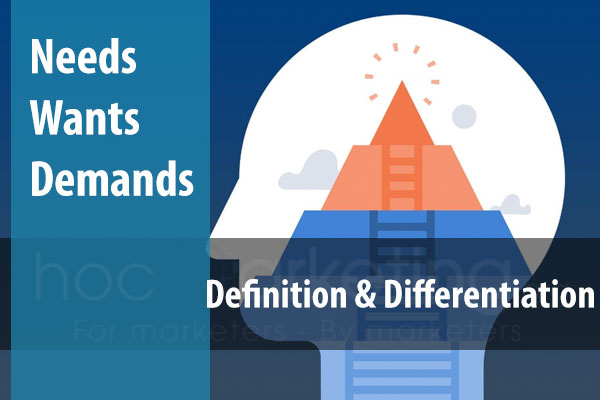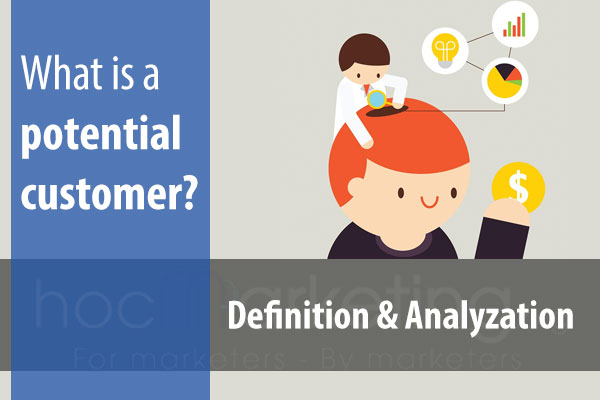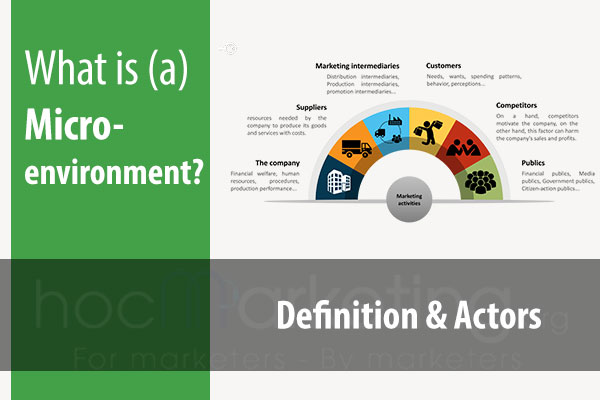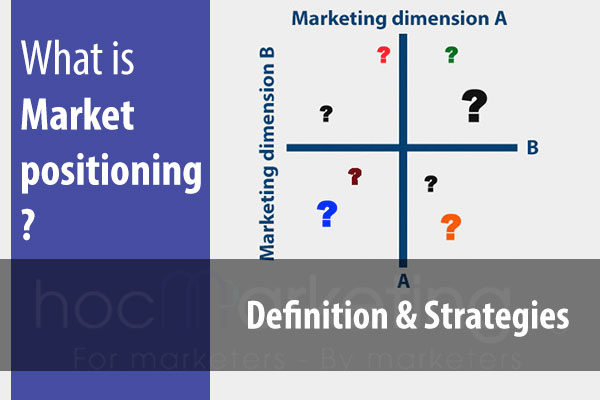
What is qualitative forecasting? Qualitative Forecasting Methods

Quantitative forecasting is a useful tool for marketing research. It is not conclusive, but it can help to provide some information about what could happen in the future. This blog post will give an overview of qualitative forecasting, differences between qualitative and quantitative forecasting, how to use qualitative forecasting in Marketing.
Quantitative forecasting is a useful tool for marketing research. It is not conclusive, but it can help to provide some information about what could happen in the future. Qualitative forecasting also has its place in marketing activities and provides another way of looking at the future. This blog post will give an overview of qualitative forecasting, differences between qualitative and quantitative forecasting, how to use qualitative forecasting in Marketing cases.
What is qualitative forecasting?
Qualitative forecasting is a method which is subjective, intuitive, or experiential when producing prediction. The forecasts represent a view or an opinion about what may happen in the future, rather than something supported by historical data and statistical analysis. In Marketing, qualitative forecasting can be applied in different situations. Below are some examples:
- Forecast the Supply and Demand trends of a market.
- Forecast the market entry of competitors (new product or new market)
- Predict possible Marketing events, which can influence the marketing environment.
- Forecast the Sales and volume trends in a product group.
- Forecast the timespan of a product's life cycle.
Short history of Qualitative Forecasting
In the early 50s, an American professor called Walter Meyer was researching on how to apply mathematical tools in forecasting. After a while he found out that it is quite difficult to predict future data using statistical and mathematic models because of people's feelings and attitudes towards something or someone (like products). He published some articles about his research results to share his knowledge with other researchers.
In the early 60s, a group of researchers from Columbia University found out that people are very good at estimating quantities in their heads. They said that it is possible to predict future demand and supply trends if the forecasts for these trends are based on peoples' feelings and opinions about products or brands. They also said that while people may be wrong sometimes, but using their opinions as a starting point can provide an insight to forecast future demand and supply trends.
In the late 60s, two professors called Clyde Coombs and Ward Edwards wrote a book called "Guesstimation" where they said that its possible to predict future data if the estimations are based on groups of people. The idea behind this is that while some individuals may not be good at forecasting certain events, it is expected that multiple people's estimations may lead to better forecasts.
In the early 70s, a professor called Paul Horst from Michigan State University was interested in finding new ways of forecasting future sales and volume trends for products (using qualitative methods). He tried to find real life situations where it is possible to predict the Sales and volume levels of different brands by taking into consideration people's feelings and opinions about their products. He published some research articles where he tried to prove that this is possible (to forecast future Sales and volume trends), but his research results were not conclusive.
Nowadays, qualitative forecasting is popular in many areas such as marketing, finance, economics and business. There are different methods to do this including Delphi method and Best 'n' Worst method.
Differences between Qualitative forecasting and Quantitative forecasting
There are many differences between qualitative and quantitative forecasting. Below is a brief list of these:
- Qualitative forecasts tend to subjective, while quantitative forecasts tend to be objective.
- Qualitative forecast take the advantages of experience when quantitative use the advantages of statistics.
- Quantitative forecasting has certain rules and models which are considered standard. Qualitative forecast does not have any well known model or rule.
Qualitative Forecasting Methods
There are several common methods to approach qualitative forecasting:
Meeting
Meetings with people is the most easy approach. Key people of the business must join the meeting. It is possible to get an idea about how much demand there will be, by asking question like "How many leaflets do you think the company X will need each month?" or "If we give customer Z a discount coupon for 10%, how many units of product A do they think they will purchase?"
Surveys
Surveys of Opinion can be distributed via email or using a paper-based approach. It is possible to use this method if the forecasts are related to existing products on the market and the business wants to forecast how many people will buy a certain product in future (for example, a company may want to know how many people will purchase a new product based on previous existing products in the market).
Interviews and Focus groups
This approach can be used for forecasting future trends in products or services. For example, it is possible to ask "What products do you think will be popular in next six months?" or "Which type of technology will be the most popular in next 6 months?"
Social Network Analysis (SNA)
This approach is normally used for forecasting company performance, consumer behavior or product sales. We can ask people related to our business "If we reduce our prices by 10%, how do you think will it affect the market share of Company X?" or "What do you think about the volume of Company X's sales in next year?"
Delphi Method
This approach is similar to Social Network Analysis (SNA), but it does not require direct contact and feedback from people. It works better if there are a lot of people forecasting or they have different areas of forecasts. The results can be very accurate and unbiased.
Best 'n' Worst Approach (BWA)
This approach is similar to Delphi, but it uses the past experiences of experts in order to forecast future events. Experts must share their experience by giving a best and worst case scenario for the future event (for example: "If we triple our Market Share... Best case scenario will be… Worst case scenario will be...").
Advantages and disadvantages of Qualitative forecasting
There are different advantages and disadvantages of qualitative forecasting which will be discussed in this section.
Advantages
The first advantage is that qualitative forecasting can be carried out in a short time. It is also possible to make qualitative forecasts for many products or brands in a wide product category.
The second advantage is that qualitative forecasting does not require any expensive equipment. Businesses can carry out qualitative forecasting in anytime they want.
The third advantage is that qualitative forecasting is often used when a business deal with something totally new (new market, new products, new competitors...). In such cases, it would be really hard to do qualitative forecasting because there are too few statistics.
Disadvantages
The first disadvantage of qualitative forecasting is that it is subjective. So the forecasts are not reliable, inaccurate and can be influenced by many things (see influential factors section).
The second disadvantage is that qualitative forecasting need people with high experience. These people should have expertise in particular business area (marketing, finance) in order to make accurate forecasts. On the contrary, quantitative forecasting do not require such experts.
The third disadvantage is that qualitative forecasting can be used in the short run, but it cannot be used for long period of time. This is because of the reason that as time goes by people's opinions change (influential factors).
Conclusion
Qualitative forecasting is a valuable tool in marketing and should be applied when appropriate. It can quickly provide the business with data that could help them make better decisions for their company's future success. However, qualitative forecasts are often subjective which means they're not always reliable or accurate (although this isn't true of all qualitative methods). By applying the right qualitative forecasting method, businesses can get a better understanding of what will happen in their specific business area (marketing) and make better decisions.














